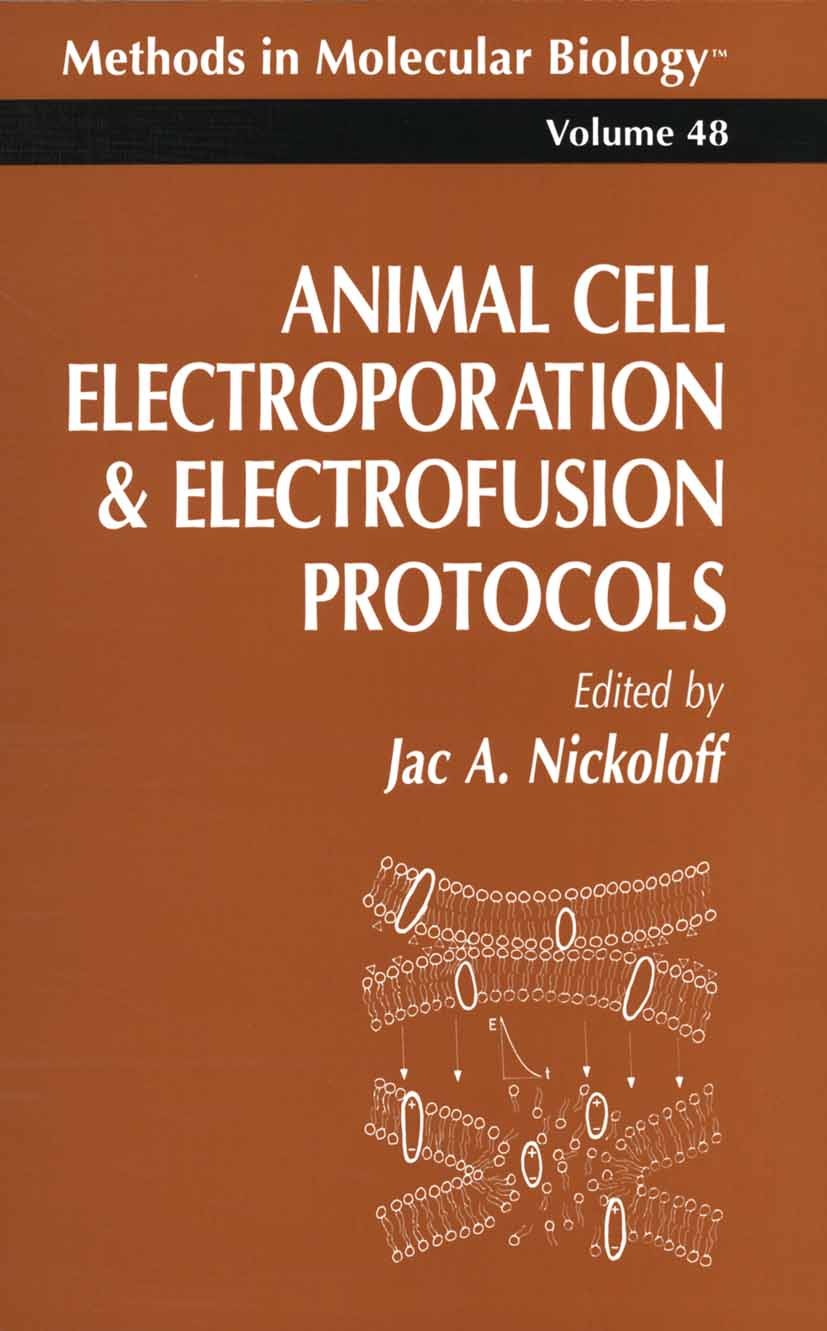| 期刊全稱 | Animal Cell Electroporation and Electrofusion Protocols | | 影響因子2023 | Jac A. Nickoloff | | 視頻video | http://file.papertrans.cn/158/157559/157559.mp4 | | 學(xué)科分類 | Methods in Molecular Biology | | 圖書封面 |  | | 影響因子 | The ability to introduce macromolecules into animal cells, includ- ing DNA, RNA, proteins, and other bioactive compounds has facili- tated a broad range of biological studies, from biochemistry and biophysics to molecular biology, cell biology, and whole animal stud- ies. Gene transfer technology in particular will continue to play an essential role in studies aimed at improving our understanding of the relationships between the gene structure and function, and it has impor- tant practical applications in both biotechnology and biomedicine, as evidenced by the current intense interest in gene therapy. Although DNA and other macromolecules may be introduced into cells by a variety of methods, including chemical treatments and microinjection, el- troporation has proven to be simpler to perform, more efficient, and effective with a wider variety of cell types than other techniques. The early and broad success of electric field-mediated DNA transfer soon prompted researchers to investigate electroporation for transferring other types of molecules into cells, including RNA, enzymes, antibodies, and analytic dyes. Animal Cell Electroporation and Electrofusion Protocols begins with three | | Pindex | Book 1995 |
The information of publication is updating

|
|
 |Archiver|手機(jī)版|小黑屋|
派博傳思國際
( 京公網(wǎng)安備110108008328)
GMT+8, 2025-11-1 21:29
|Archiver|手機(jī)版|小黑屋|
派博傳思國際
( 京公網(wǎng)安備110108008328)
GMT+8, 2025-11-1 21:29


